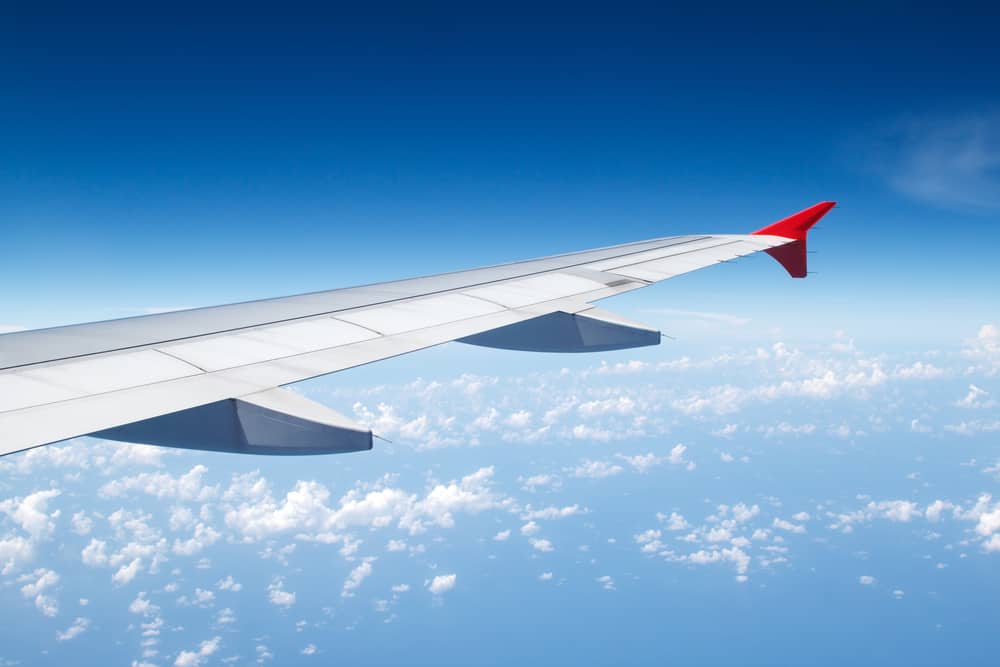A change to the use or classification of airspace may be simple and straightforward to implement with little operational or environmental impact. Alternatively, an airspace change may be complex and involve significant alterations to existing airspace arrangements, including aircraft routing; such changes may have an effect, positively or negatively on both airspace users and the public who live in the areas below, any change.
Osprey have a solid track record in delivering both simple and complex airspace changes in an efficient and cost-effective manner. A number of our staff have a regulatory background, and we maintain an excellent working relationship with the Civil Aviation Authority (CAA), borne out of mutual respect for our individual working perspectives.
Any airspace change requires adherence to the Civil Aviation Publication (CAP) 1616 process and Osprey can provide a full suite of services from management to support across all 7 stages of this process.
Specifically, we can assist in all the following areas:
- Application of the airspace regulatory process to assist the implementation of emerging technological developments (spaceport and advanced air mobility developments)
- Identification of your Operational Requirements and assistance in developing suitable airspace solutions
- Design revised flight procedures (to conventional and Performance Based Navigation (PBN)/ Area Navigation (RNAV) standards)
- Assessment of all airspace design solutions, including Transponder Mandatory Zones (TMZ), Radio Mandatory Zones (RMZ), as well as non-airspace solutions
- Full project management of the Airspace Change Proposal process, including the implementation

